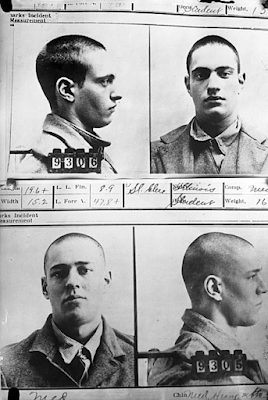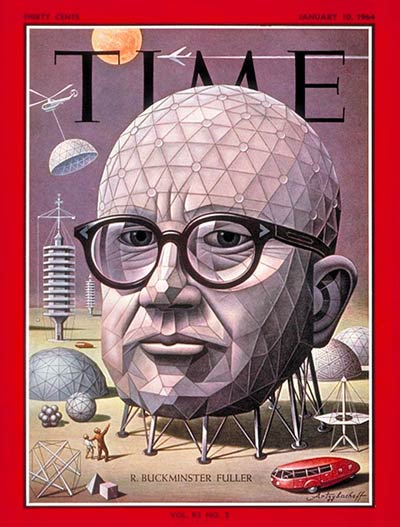Your Gregorian calendar says January 14, 2023, and let's face it: many a well-intentioned New Year's resolution is already regretted, shredded, abandoned. It doesn't make us terrible. It makes us human. We also have a reboot opportunity: the Chinese New Year, a mere eight days off. A few billion people celebrating it can't be wrong.
January 23, 2023 starts the year of the Water Rabbit. You might hear it as the Black Water Rabbit, which adds a touch of cool but little extra meaning. Water and black are associated concepts in the Chinese zodiac, or so says my literally minutes worth of research.In that spirit, and to help with any resolutions do-over, I've stared at the wall for literally another minute and have divined your writing Water Rabbit horoscope.
- The Rabbit is, as you might imagine, abundant. You will write many words this year, many more than usual. You will delete them.
- Rabbits are open and gregarious. To succeed as a Rabbit, you must leave the house for other than coffee, alcohol, and tobacco. That might scare a writer. It's okay. Be cool about this new socializing. You're a Rabbit among other Rabbits. It's all tres casual. Some of this will be book signings and workshops. But beware the Bad Critique Group: You'll encounter other Rabbits wishing to compete in words written not yet deleted. Remember that writing isn't a contest, that we can lift each other's work. Failing that, you will write a not-quite-legally-actionable facsimile of these other Rabbits into your crime novel and kill them off.
- Be careful accepting critique from a dragon, anyone dressed or styled as a dragon, or anyone you secretly suspect is a dragon. Lots of reasons, but mostly because dragons are your harm animal. Dragons are bossy where you are chill. If you must accept critique from a Dragon, ask those drama queens to focus on scene tension.
- Speaking of harm animals--Roosters. Oh, boy. Avoid those spotlight-hoggers. Next thing you know, you're not only buried in unsolicited and unnecessary edits, you're also ghost-writing their novel.
- Don't go near regular roosters, either. That's not a horoscope so much as school of hard knocks. You only need to get chased once, folks.
- Consider the Rabbit and keep a carrot stash for writing snacks. Four out of five nutritionists will agree. If helpful to know, China produces 44% of global carrot yield.
- A copy editor will point out that the Chinese Zodiac calendar doesn't start until February 4th. The copy editor--a Dragon, let's assume--will say that technically your January production was back in the Year of the Tiger. Thank them and press on, good Rabbit.
- In your sustained productive fever, you will get hooked on carrots. So hooked, in fact, you will find yourself in the Shanghai derivatives market pricing out carrot futures. Do not buy. Next year, we'll all be Dragons.





































.jpeg)
.jpeg)

